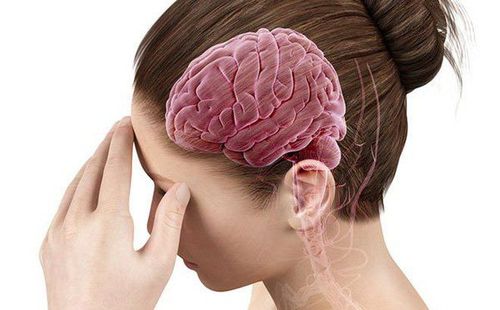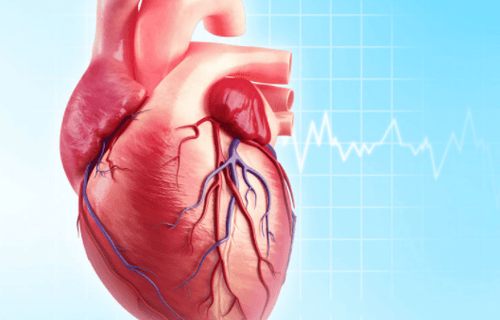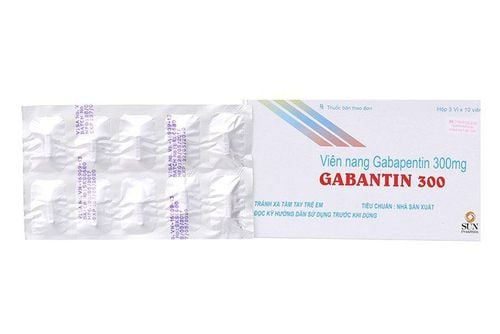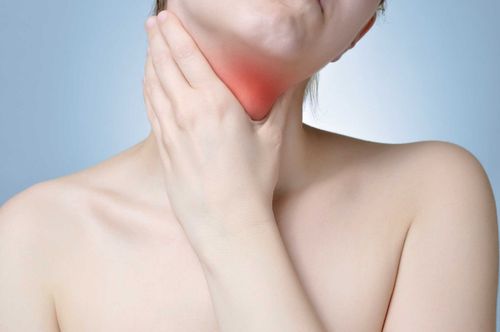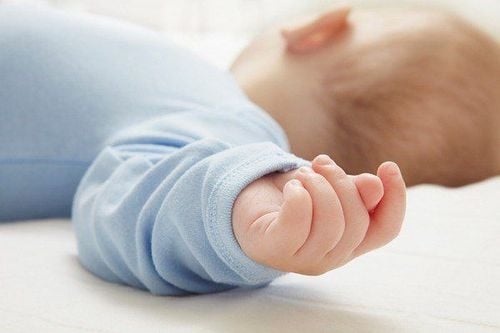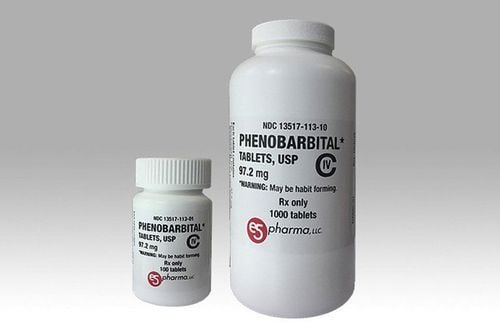This is an automatically translated article.
Epilepsy in children is a dangerous disease that affects many children's activities and even lives. Epilepsy treatment, combined with pediatric epilepsy rehabilitation, can help children grow healthier and more confident.1. Overview of Epilepsy in Children
1.1 What is epilepsy?
Epilepsy is a chronic disease caused by many different causes. The disease is characterized by dysfunction of the central nervous system due to the sudden excessive discharge of nerve cells in the brain. Manifestations of the disease are seizures, sensory and behavioral disturbances, possible disturbances of consciousness,...
Causes of epilepsy include:
With the fetus before birth: The mother is poisoned heavy lead during pregnancy, pregnant women with trauma, narrowing of the fetal skull; For infants up to 1 year old: Due to perinatal asphyxia, preterm birth of less than 37 weeks, low birth weight (under 2,500g), birth defects, nervous system infections, obstetric interventions (using forceps, aspiration) , kernicterus , metabolic disorders , vascular disorders , decreased calcium , decreased blood sugar , after cerebral hemorrhage , group of neurodermatological diseases ;
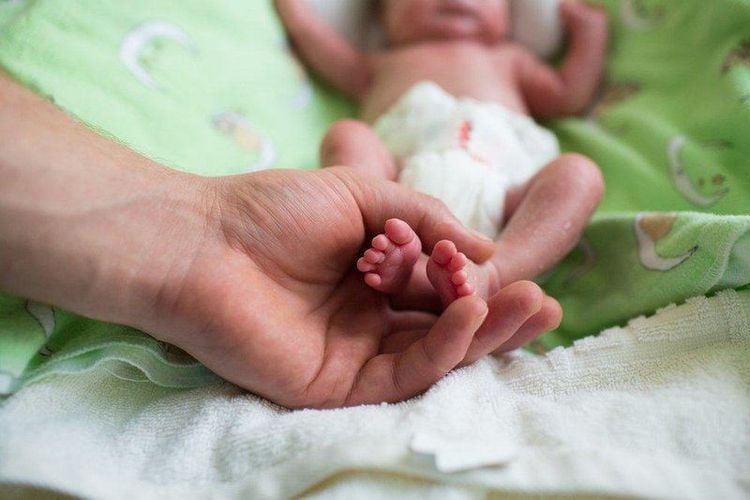
Trẻ sinh non tăng nguy cơ bị động kinh
1.2 Consequences of epilepsy
Children with severe epilepsy, uncontrolled medication,... often have mental retardation, or face the following problems:
Self-care: Children may have sleep disturbances; having difficulty learning self-care and daily living skills; there is a risk of danger if a seizure occurs while walking or using a vehicle; Sensory motor: Children have difficulty reaching motor development milestones; children with loss of coordination of movement; children may have vision abnormalities such as drooping eyelids, crossed eyes, nystagmus; Cognitive: Children often have poor perception, inattentiveness, lack of concentration; hearing loss, poor memory; Learning: Some children have normal intellectual development, others have difficulty reading, writing, and calculating; lack of problem-solving skills; Psycho-social: Children can be self-exciting; poor control over their actions; poor social communication.
1.3 How to deal with seizures in children
Seizures can cause children to fall, injure, bite their tongue, urinate uncontrollably, choke, choke, suffocate, even lead to coma and death. Therefore, when a seizure occurs in a child, it needs to be treated quickly. Basic instructions for handling include:
Before the attack: Pay attention to care and monitor the child's health carefully; During a bout: Keep the people around you calm; loosen the baby's clothes and diapers; put the child on his side in a safe place; do not put foreign objects in the child's mouth, do not give the child food or drink, do not give him medicine, do not hold the child and do not allow contact with objects on the child's skin; can apply ice, wet towels for children to reduce fever, rub hot oil on children's feet, hands,...; After the attack: Wipe the child's sputum, wash the scratched areas, clean the bandage and change into new clothes and diapers; and immediately take the child to the hospital for examination.
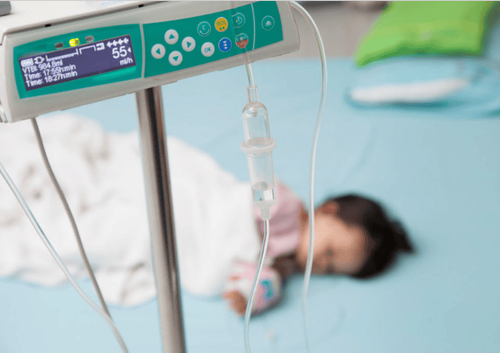
Hôn mê là triệu chứng nguy hiểm khi trẻ bị động kinh
2. Treatment of epilepsy in children
2.1 Taking drugs
Only give medicine to children when it is certain that the type of seizure or epileptic syndrome has been determined. Specific drugs are selected according to the type of attack and begin with a monotherapy regimen. The dose can be gradually increased until the effective dose is reached and maintained at that dose daily until the final withdrawal.
Children with epilepsy will be prescribed medicine by a doctor and take medicine according to the following principles:
Take exactly as prescribed by the doctor; Take medicine on time, right dose; Take the medicine regularly and continuously and only stop taking it when prescribed and directed by the doctor. Stopping the drug suddenly can make the disease worse; Record keeping track of seizures (number of seizures, type of seizures, date and time of seizures,...); Periodic examination of neurologist under the guidance of the doctor; Determine if you will need to take long-term medication for months or years.
2.2 Stimulation of the vagus nerve
This is a therapy that uses a vagus nerve stimulator, implanted under the skin of the chest like a pacemaker. The stimulator will be wrapped around the vagus nerve in the neck by the doctor. The devices run on batteries, which carry electrical energy through the vagus nerve to the brain. The device can reduce seizures by 30-40%.
However, this method also has some side effects including hoarseness, cough, sore throat, shortness of breath, muscle pain and itching.
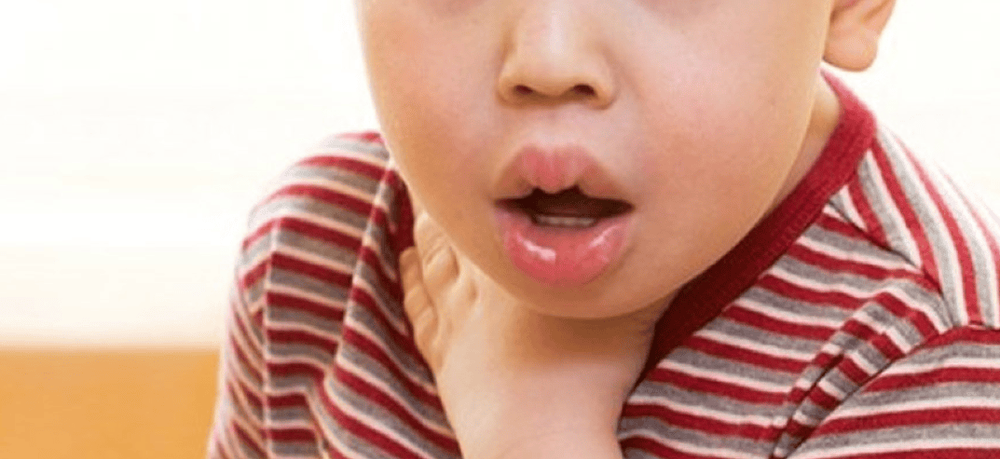
Một trong những tác dụng phụ của kích thích dây thần kinh phế vị là gây khó thở cho trẻ
2.3 Follow the Ketogenic diet
Some children with epilepsy are able to maintain a strict, low fat and carbohydrate diet (ketogenic diet) to reduce seizures. With this diet, the body breaks down fats (instead of carbohydrates) into energy.
However, when applying this method, it is necessary to ensure that the child being treated for epilepsy will not be malnourished. In addition, this treatment also comes with some side effects including dehydration, constipation, slow growth (due to nutritional deficiencies, accumulation of uric acid in the blood), possibly kidney stones. With proper nutrition and strict medical supervision, these side effects can be minimized.
In addition, doctors can prescribe surgery for pediatric patients in appropriate conditions.
2.4 Some notes in the treatment of epilepsy in children
The daily dose of antiepileptic drugs must be the clinical reliever dose for the patient but without causing side effects; The doctor must monitor the clinical development and side effects of the drug in order to promptly adjust the dose accordingly; Pediatric patients should have appropriate diet, activities, rest, entertainment, study, etc.; In some cases of children with persistent and difficult-to-treat epilepsy, it is possible to follow a ketogenic diet such as limiting rice, sugar, increasing oil, peanuts, tofu, vegetables, fruits, eating moderate protein; Combining functional rehabilitation, instructing young parents on how to prevent accidents caused by convulsions, creating favorable conditions for children to integrate into society; It is necessary to coordinate between families, schools, society and medical facilities to effectively treat children's diseases.

Tham khảo ý kiến bác sĩ về một chế độ ăn hợp lý cho trẻ mắc bệnh động kinh
3. Rehabilitation of epilepsy in children
The principle of rehabilitation for children is early intervention with antiepileptic drugs, combined with rehabilitation and education for children. At the same time, it is necessary to combine assessment of motor development, language, intelligence, ... every 6 months. The purpose of rehabilitation is to stimulate the child's development of motor skills in both hands, daily living skills, communication skills - language and intellectual development.
Interventions include:
Facilitating children to perform all activities like healthy children of the same age; Breastfeed, eat, play, study, ... like normal healthy children; Training children in self-reliance skills such as: self-eating, eating with family; personal hygiene (brushing teeth, washing face, bathing, going to the toilet,...); dressing themselves,...; Preventing accidents for children with epilepsy: When the seizure is not over, someone should closely monitor the child, do not leave the child alone; Do not let children go to the bathtub, toilet, go swimming alone; All objects in the house need to be arranged safely, rounded corners, do not display fragile objects; Do not allow children to climb high, climb stairs; Do not let your child go near a fire or look at a flame or flashing light as this can cause a seizure; When children need to be accompanied by someone, they should wear a helmet so that when a seizure occurs, a fall will not cause a head injury.
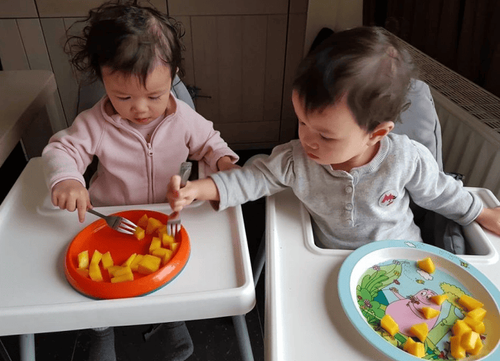
Ba mẹ nên hướng dẫn trẻ tự ăn và sinh hoạt như những đứa trẻ bình thường
In addition to rehabilitation of epilepsy in children, it is necessary to educate children, consult families, seek support from schools, vocational guidance for children, and at the same time provide psychological support for children to accept the disease. , overcome guilt.
When a child shows abnormal signs of health, parents can take the child to Vinmec Health system for timely examination and treatment.
As a key area of Vinmec Health System, Pediatrics Department - Vinmec International General Hospital always brings satisfaction to customers and is highly appreciated by industry experts thanks to the following advantages:
gathers a team of leading doctors and doctors in Pediatrics: including leading experts, with high professional qualifications (professors, associate professors, doctorates, masters), experienced, having worked in different hospitals. big hospitals like Bach Mai, 108.. The doctors are all well-trained, professional, have a heart - reach, understand young psychology. In addition to domestic pediatric specialists, the Department of Pediatrics also has the participation of foreign experts (Japan, Singapore, Australia, USA) who are always pioneers in applying the latest and most effective treatment regimens. . Comprehensive services: In the field of Pediatrics, Vinmec provides a series of continuous medical examination and treatment services from Newborn to Pediatric and Vaccine,... according to international standards to help parents take care of their baby's health from birth to childhood. from birth to adulthood Specialized techniques: Vinmec has successfully deployed many specialized techniques to make the treatment of difficult diseases in Pediatrics more effective: neurosurgery - skull surgery, stem cell transplantation. blood in cancer treatment. Professional care: In addition to understanding children's psychology, Vinmec also pays special attention to the children's play space, helping them to have fun and get used to the hospital's environment, cooperate in treatment, improve the efficiency of medical treatment.
Please dial HOTLINE for more information or register for an appointment HERE. Download MyVinmec app to make appointments faster and to manage your bookings easily.




